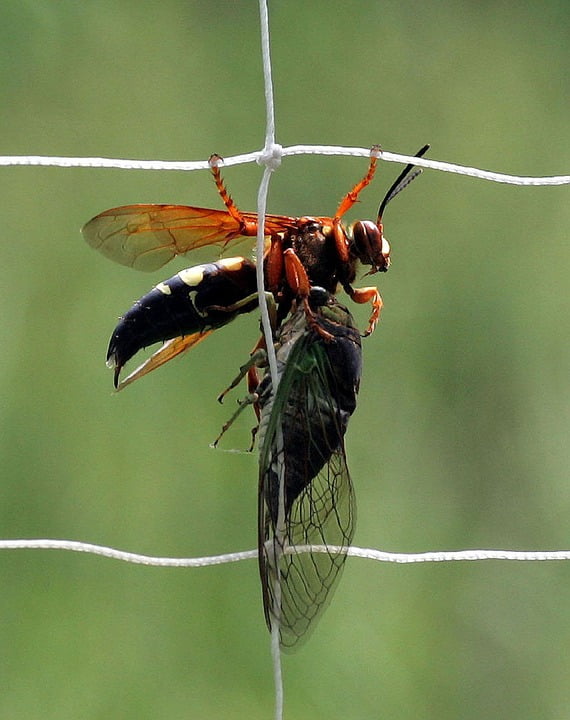


It contains four fine, needle-like stylets used in feeding.Ĭicadas feed by piercing the surface of plants with their mouth stylets. The sheath (labium) passes backwards from the lower surface of the head between the legs when the insect is not feeding. The mouth parts of the cicada are enclosed in a long, thin, beak-like sheath. The cicada's antennae (feelers) are quite small and bristle-like. The femur (thigh joint) of the fore leg is thicker than that of the other legs.Ĭicadas have large compound eyes situated one on each side of the head They also have three very small glistening simple eyes (ocelli) on the top of the head. The wings are strengthened by a number of thin, firm veins.Īdult cicadas have three pairs of legs all about the same length. The fore wing is usually glassy and transparent although in a few species it is dull and opaque. The longer fore wing covers the short hind wing, but the wings of each side do not overlap. When not in use, the wings fold back along the sides of the body. The wing spans of the different species range from about 2.5 cm - 15 cm.
#Cicada predators skin#
The fully-winged adult cicada which emerges leaves its old empty nymphal skin behind.Īdult cicadas have stout bodies with two pairs of wings. The nymph then climbs on to a tree trunk or other object and sheds its skin for the last time. It generally surfaces about nightfall in late spring or early summer.
#Cicada predators full size#
When the nymph reaches full size it digs its way to the surface with its front legs, which are specially adapted for digging. They shed their skin at intervals as they grow. Here they live on the sap from plant roots for a period which may last several years. They fall to the ground and burrow below the surface. The eggs hatch into small wingless cicadas which are known as nymphs. It does this by piercing plant stems with its ovipositor (egg-laying spike at the tip of the abdomen) and inserting the eggs into the slits it has made. After mating, the adult female cicada lays its eggs. In contrast to that of the nymph, the life of adult cicadas is very short, lasting only a few weeks. The periodical cicadas of North America spend 13 or 17 years underground. This would explain why adult cicadas are much more abundant during some seasons that others, with peaks occurring every few years. It has been suggested that some of the large, common Australian species of cicada may live underground as nymphs for around 6-7 years. Cicadas spend most of their life underground.


 0 kommentar(er)
0 kommentar(er)
